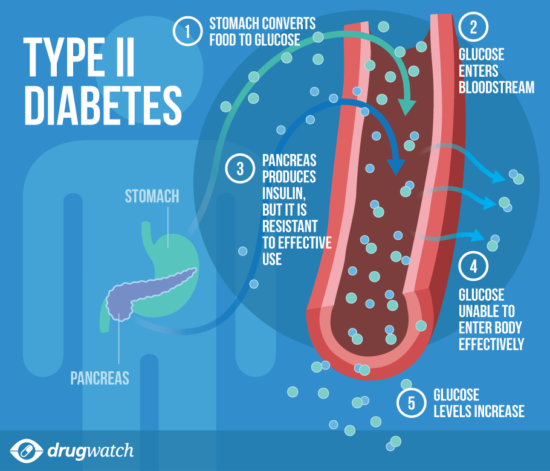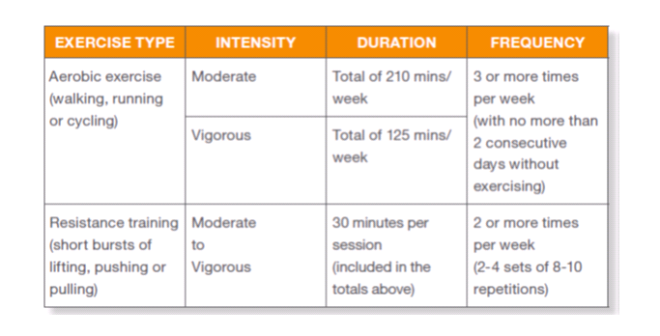There are currently 1.7 million individuals affected by Diabetes in Australia alone. Sure, it’s an alarming number but what is more concerning is the fact that most of these people don’t understand or chose not to believe and look into the severity of diabetes and the chronic complications that can accompany it if poorly controlled or managed. High blood glucose can (and does) occur as a result of poorly managed diabetes and this places a huge risk of developing further chronic conditions as the excess glucose in the blood stream can cause damage to tissues and organs throughout the body. Not what you want to hear, right?
How do you go about managing your diabetes?
In order to prevent these complications mentioned above, your diet and exercise (as well as other aspects – medications etc.) are going to be the main areas of focus. As usual, because it’s what I do and what I love, I’m going to spam you with a whole heap of information on why exercise is good for you and how it can help manage your diabetes. I’ll try and simplify all the big words and science-y things as much as I can.
Starting with the basics…

Let’s start with a bit of a lesson on diabetes to begin with, more specifically type 2 diabetes. Type 2 diabetes is a condition in which the body becomes resistant to or loses the capacity to produce enough insulin. This develops over a long period of time (years) and during this time as insulin resistance starts to form meaning the body is becoming more and more ineffective at managing blood glucose (sugar) levels. Because of this, your body responds and therefore tries to produce greater and greater amounts of insulin to try and manage blood glucose levels. As this insulin overproduction occurs, the insulin producing cells in the pancreas wear themselves out and get progressively worse as times goes on without the correct management.
So how can exercise help?
Studies show that regular exercise helps to regulate blood glucose levels, as we now know the body is struggling to do itself without exercise. Basically, glucose is stored in the muscle and liver as glycogen, when we exercise the muscles needed to produce movement use this glycogen for fuel and therefore empties the storage centres. Because these storage spaces are now empty and have been used up, the muscle and liver can now take excess glucose that is floating around in the blood stream and refill the storage centres to be used for next time, meaning that insulin sensitivity improves dramatically. Although, in saying this it’s not a ‘just exercise once and the problem is fixed’ (sorry to be the bearer of bad news) but this effect only lasts for 16 hours after exercise, and this is why a regular exercise program is so important.
*Insulin sensitivity – describes how sensitive the body is to the effects of insulin. Someone said to be insulin sensitive will require smaller amounts of insulin to lower blood glucose levels.
So how much is enough?
As said before, to get the best results a regular exercise regime is preferred. In saying this, these exercises do not need to be too strenuous and you don’t need to be hiking 50ft mountains every day, but starting off slow, moderate exercise is definitely a go. Things like walking, jogging, cycling, swimming and all other cardiovascular based training will never go astray, in terms of resistance training this is always recommended, although if you are a beginner and are not sure about the repetitions or even technique, it’s always best to seek help from a health professional first. As you start to progress a moderate-high intensity program is recommended to get the best out of your routine, as outlined below.

Exercise can and will lead to reduced frequencies of hyperglycaemia (high levels of blood sugar in the blood), meaning these is less damage to the tissue and organs as time goes on.
It is very common for people who have type 2 diabetes to also have high blood pressure, high cholesterol and be overweight – as it is a lifestyle disease. All of these conditions increase the risk of developing some of the same chronic complications as diabetes. Exercise not only has a positive effect on diabetes, it also plays a huge role in reducing hypertension and cholesterol levels. Even more reason to exercise!
References:
Diabetesaustralia.com.au. (2018). Diabetes Australia. [online] Available at: https://www.diabetesaustralia.com.au/ [Accessed 13 Jun. 2018].
Just Do It: Diabetes and Exercise. (2008). Clinical Diabetes, 26(3), pp.140-141.
Nakhanakhup, C., Moungmee, P., Appell, H. and Duarte, J. (2006). Regular physical exercise in patients with type II diabetes mellitus. European Review of Aging and Physical Activity, 3(1), pp.10-19.
Thent, Z., Das, S. and Henry, L. (2013). Role of Exercise in the Management of Diabetes Mellitus: the Global Scenario. PLoS ONE, 8(11), p.e80436.
